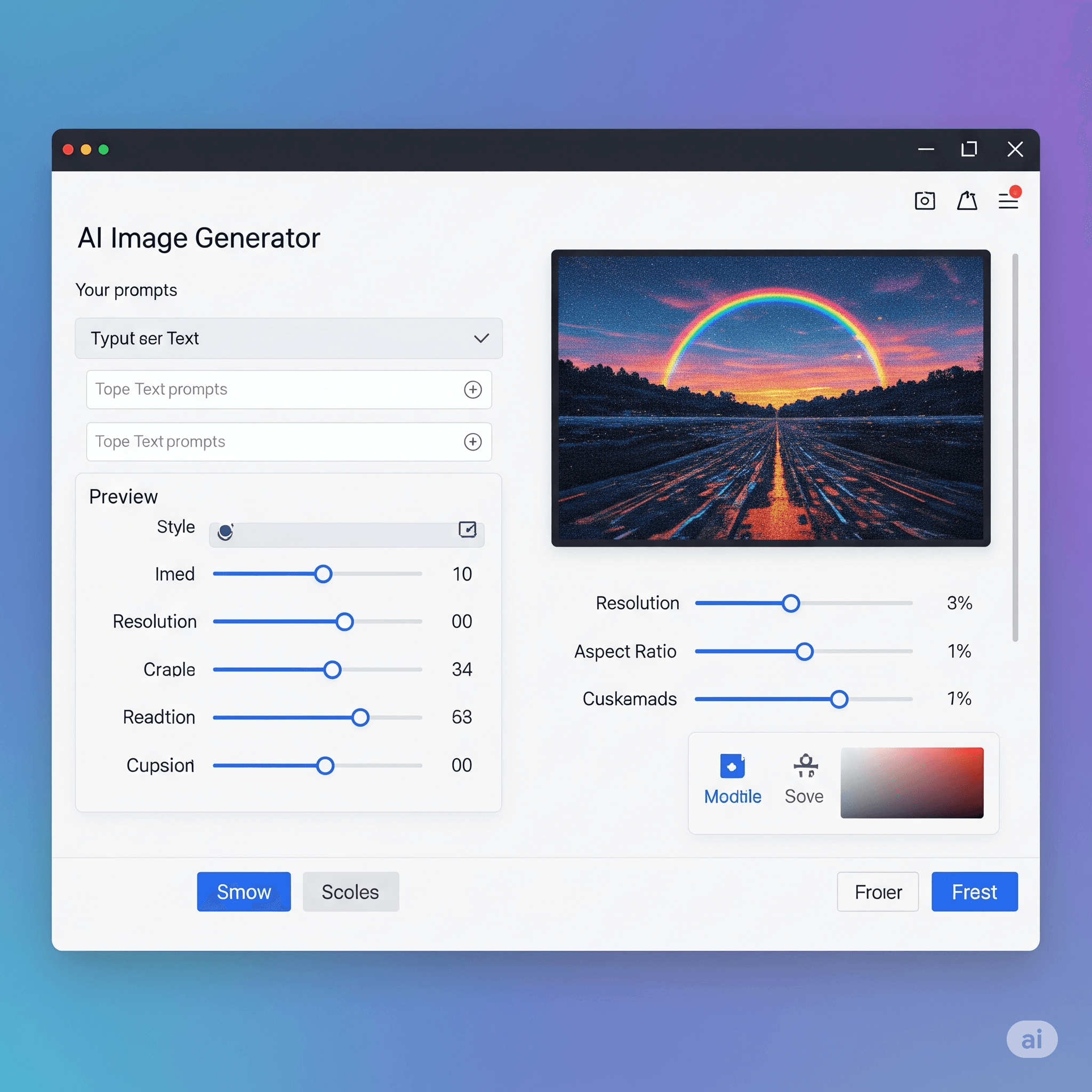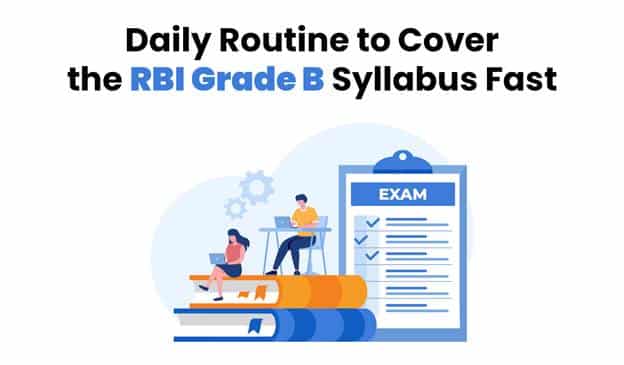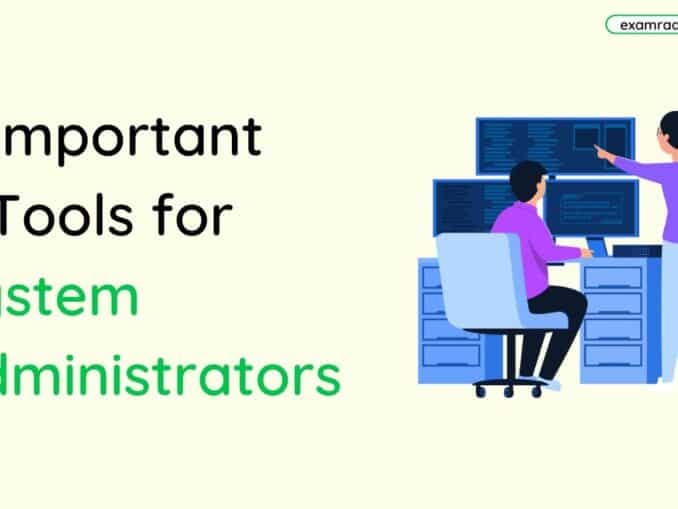Question: In TCP, the window should not be _________.
Answer:
- In TCP, the window should not be zero. A zero window indicates that the receiver's buffer is full and cannot accept any more data.
- In TCP, the senders use the sliding window protocol to regulate the rate at which they can send data to the receivers. The sliding window mechanism allows the sender to send a certain number of packets before waiting for an acknowledgment from the receiver. If the window size is zero, it means that the receiver has no buffer space to accept any new data packets. In such cases, the sender cannot transmit any data, as there is no buffer space available for the receiver to store and process the incoming data. Therefore, having a zero window in TCP could lead to a deadlock situation where neither the sender nor the receiver can continue sending or receiving data. To avoid this situation, it is recommended to have a minimum window size of at least one, which allows the sender to transmit one packet and wait for the acknowledgment before transmitting the next one.
MCQ: In TCP, the window should not be _________.
Correct Answer:
A. opened
Explanation:
- In TCP, the window should not be zero. A zero window indicates that the receiver's buffer is full and cannot accept any more data.
- In TCP, the senders use the sliding window protocol to regulate the rate at which they can send data to the receivers. The sliding window mechanism allows the sender to send a certain number of packets before waiting for an acknowledgment from the receiver. If the window size is zero, it means that the receiver has no buffer space to accept any new data packets. In such cases, the sender cannot transmit any data, as there is no buffer space available for the receiver to store and process the incoming data. Therefore, having a zero window in TCP could lead to a deadlock situation where neither the sender nor the receiver can continue sending or receiving data. To avoid this situation, it is recommended to have a minimum window size of at least one, which allows the sender to transmit one packet and wait for the acknowledgment before transmitting the next one.
Discuss a Question
Related Questions
- 1. In TCP, the receiver can temporarily shut down the window; the sender, however, can always send a segment of _____ byte(s) after the window is shut down.
- 2. A serious problem can arise in the sliding window operation when either the sending application program creates data slowly or the receiving application program consumes data slowly, or both. This problem is called the ______.
- 3. Nagle's algorithm can solve the silly window syndrome created by the _________.
- 4. Clark's solution can solve the silly window syndrome created by the _________.
- 5. Delayed acknowledgment can solve the silly window syndrome created by the _________.
- 6. In TCP, an ACK segments that carry no data consumes _______ sequence number(s).
- 7. In modern implementations of TCP, a retransmission occurs if the retransmission timer expires or ________ duplicate ACK segments have arrived.
- 8. In TCP, ________ retransmission timer is set for an ACK segment.
- 9. In TCP, there can be ______ RTT measurement(s) in progress at any time.
- 10. We need to multiply the header length field by _______ to find the total number of bytes in the TCP header.
You may be interested in:
Computer Networking MCQs






